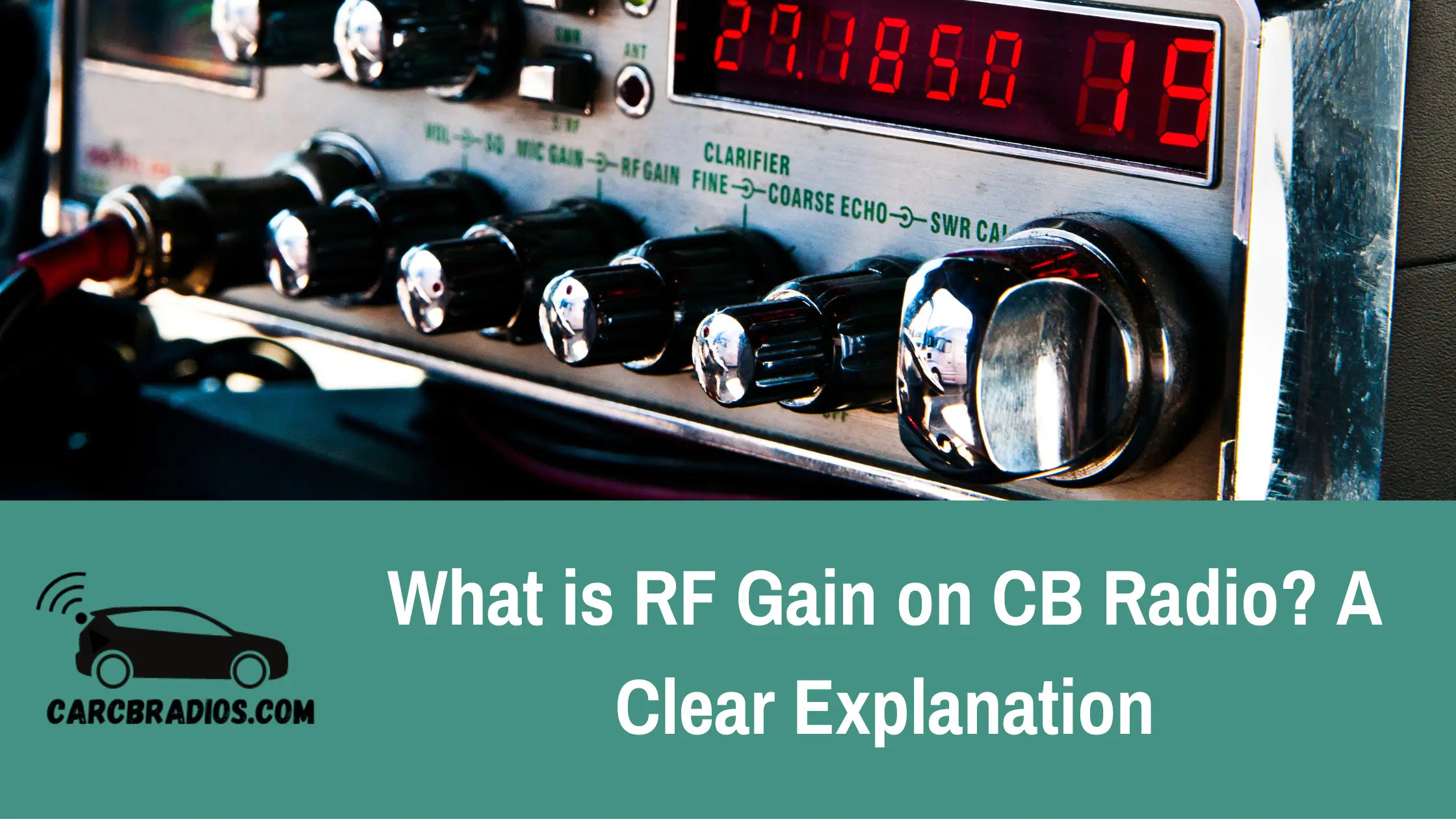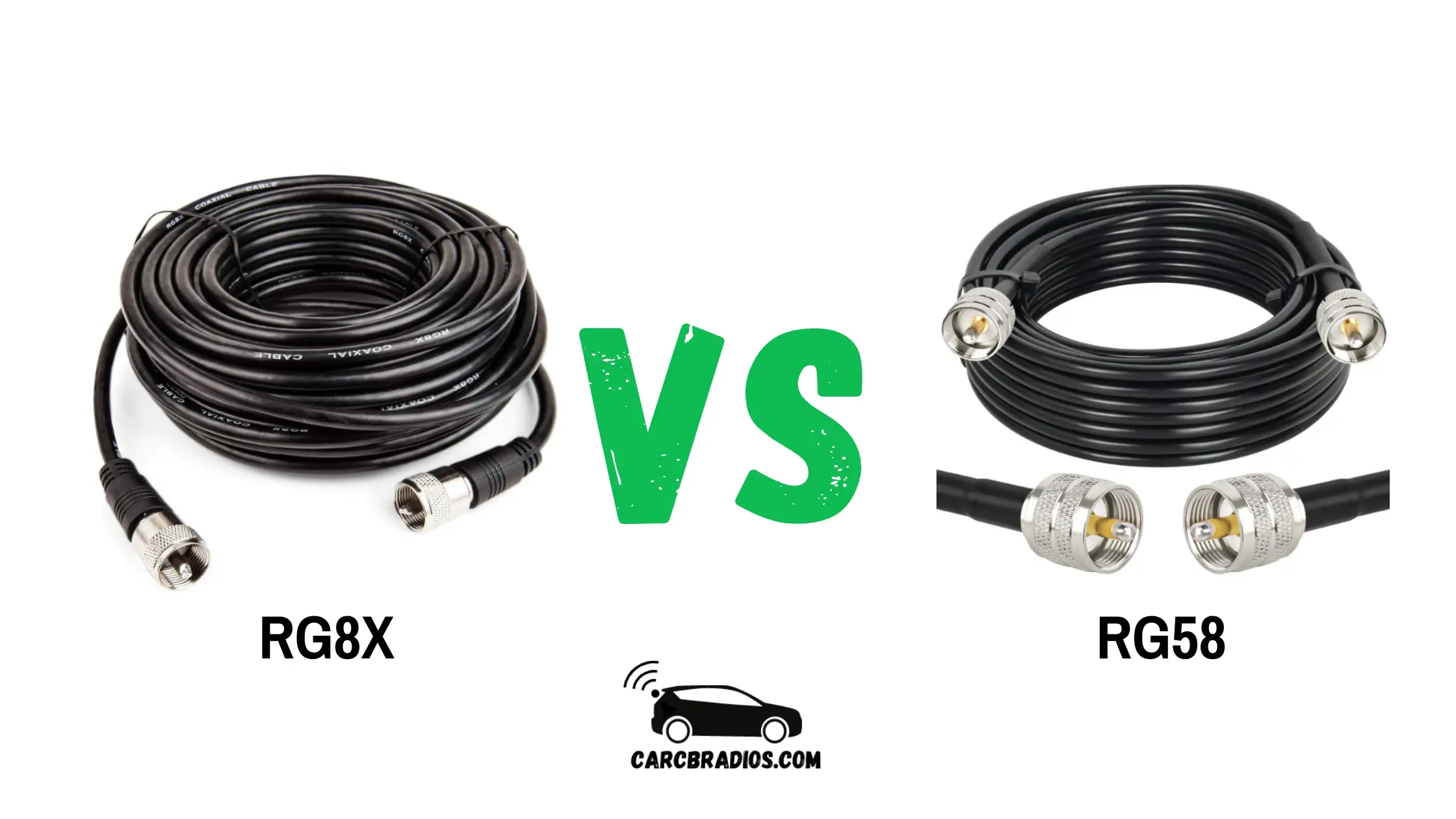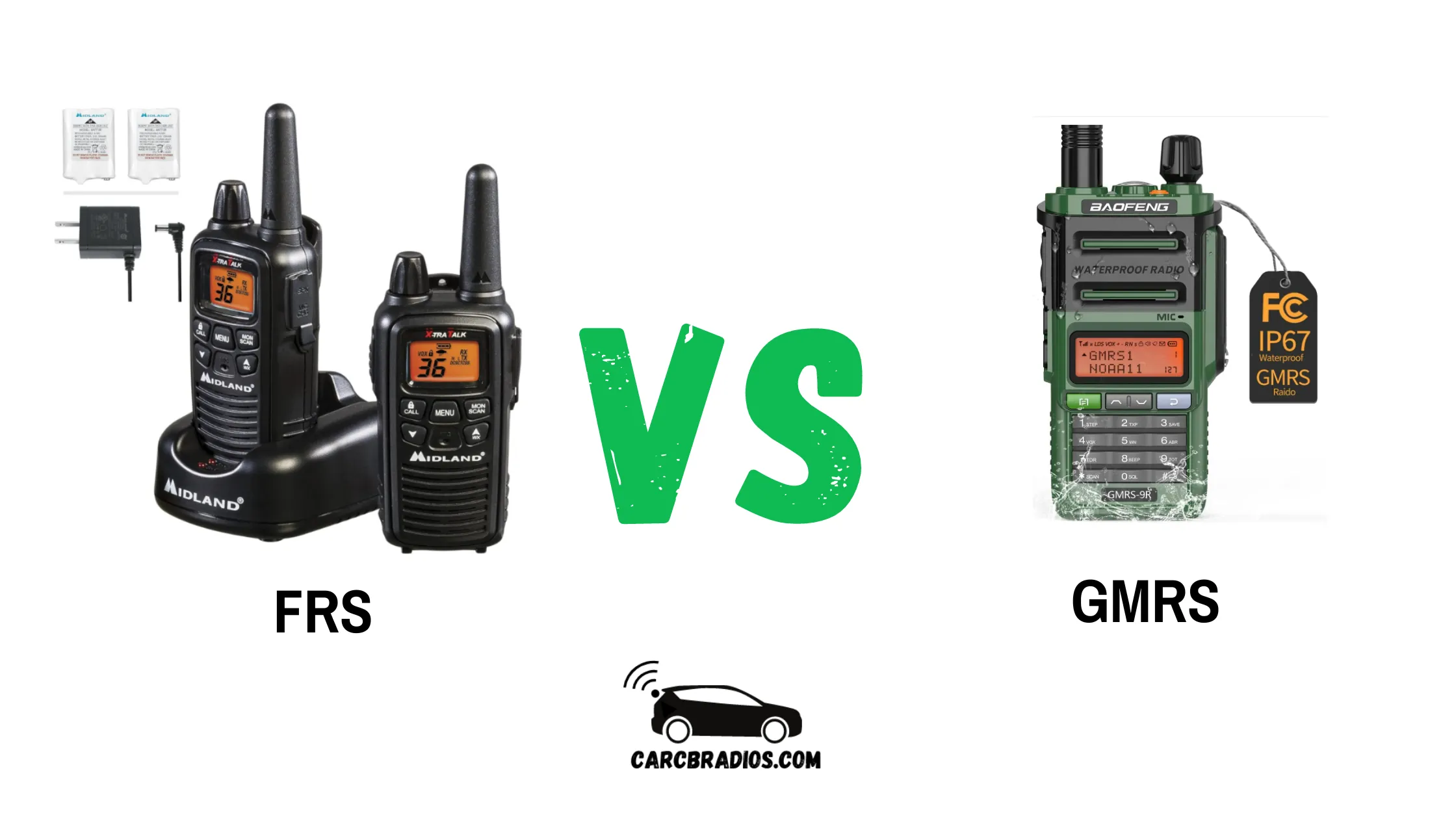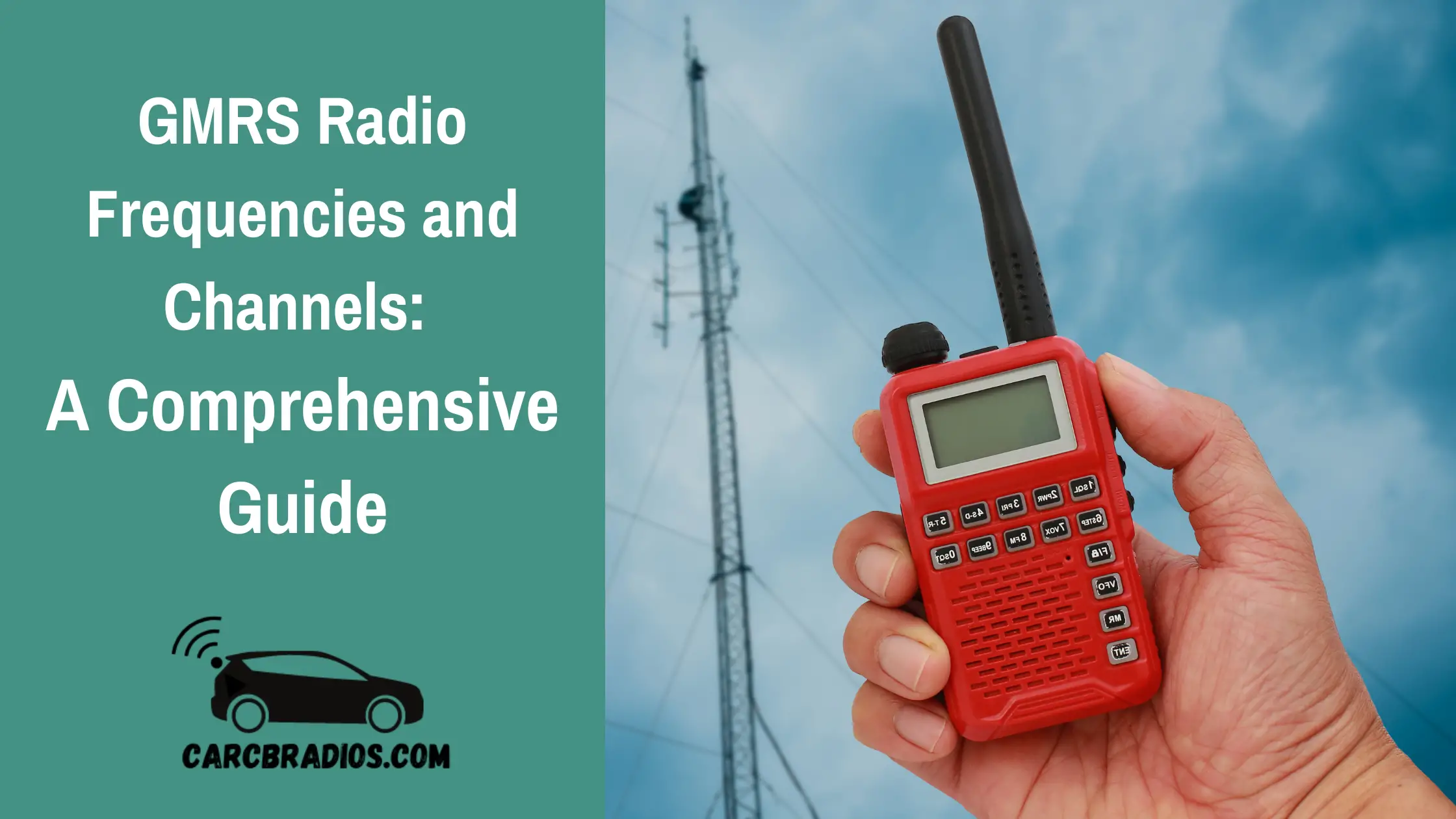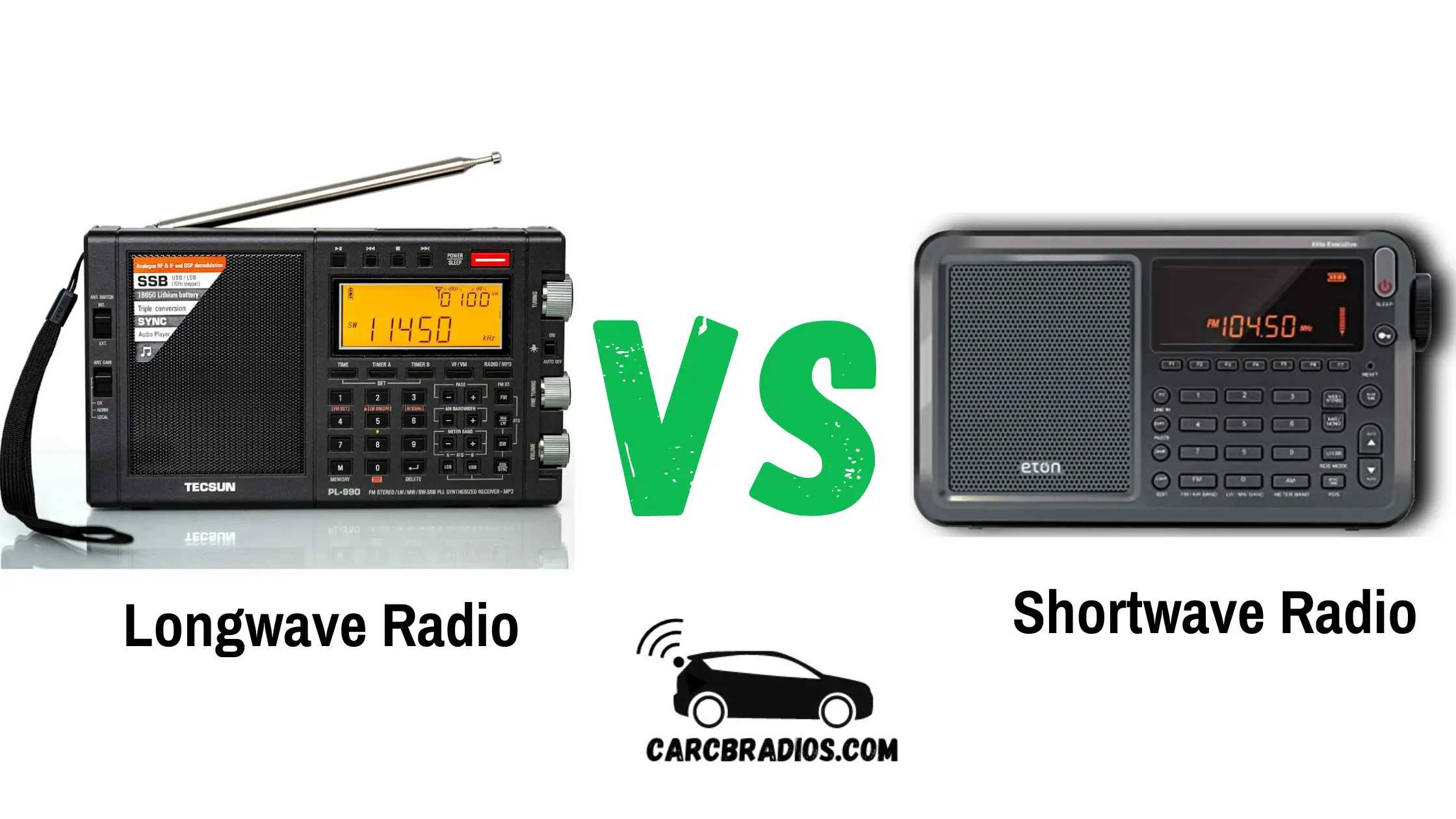Ham Radio APRS – The Complete Guide
By: Jeremy Neisser APRS, or the Amateur Packet Reporting System, is a digital communication system that amateur radio operators use to exchange messages and track locations using GPS. It is a technology that has been around for some time and is widely used in emergency communications, tracking, and weather reporting. In this article, I will provide … Read more

